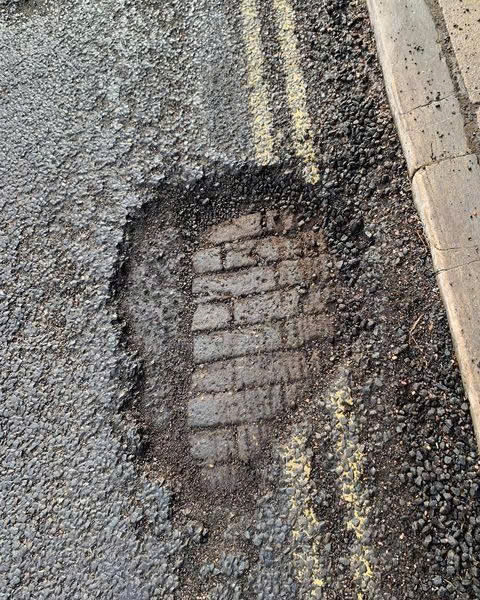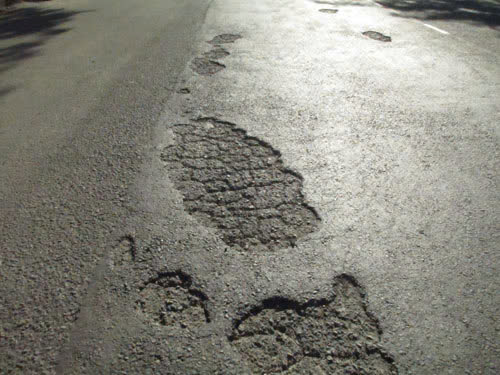A remarkable discovery beneath Winchester’s Hyde Street has unveiled an extraordinary piece of urban history – a 200-year-old wooden road that revolutionized city planning and noise control in the 19th century. This fascinating find offers a glimpse into how our ancestors tackled urban challenges with innovative solutions.
The Noise Crisis in Victorian Winchester
In 19th century Winchester, the bustling streets faced an unexpected challenge. The growing population and increasing traffic of horse-drawn carriages created an unbearable cacophony, particularly along Hyde Street, a major northern route. The constant clatter of iron-rimmed wheels and horse hooves on stone pavements made daily life increasingly difficult for residents and pedestrians.

Russia’s Influence on English Streets
The Saint Petersburg Solution
Looking eastward for inspiration, Winchester’s city planners found their answer in Saint Petersburg’s innovative approach to urban noise reduction. They adopted the Russian capital’s ingenious solution: sophisticated wooden roads. These weren’t simple wooden planks but carefully engineered constructions using durable timber blocks, typically pine or oak, selected specifically for their sound-dampening qualities.
Engineering Excellence

The construction method was remarkably sophisticated for its time. Each wooden block was carefully treated with bitumen, serving two crucial purposes: it waterproofed the wood and protected it from degradation caused by horse urine and weather exposure. This treatment also created a smoother, quieter surface that significantly reduced traffic noise.
A Global Urban Innovation
Winchester wasn’t alone in embracing this innovative approach. Major metropolitan centers including London, New York, and Paris also implemented wooden roads to combat urban noise. London, in particular, extensively adopted this solution in its busiest districts, where noise reduction and horse hoof preservation were paramount concerns.
The Evolution of Road Engineering
The Macadam Era
The wooden road era eventually gave way to “Macadam” roads, an innovation by Scottish engineer John McAdam. This new system utilized compressed layers of crushed stone, offering superior durability and wear resistance compared to its wooden predecessors.
The Dawn of Modern Roads
The next major advancement in road construction came with Edgar Hooley’s invention of Tarmac, which combined tar with crushed stone. This revolutionary development created an even more durable surface capable of withstanding the emerging age of motorized vehicles.
A Historical Treasure Revealed

The rediscovery of Winchester’s wooden road represents more than just a historical curiosity. It serves as a testament to Victorian ingenuity in urban planning and provides valuable insights for modern city planners and historians studying past infrastructure solutions.
Bridging Past and Present
This remarkable find demonstrates how historical infrastructure can inspire contemporary urban planning approaches. Winchester’s wooden road stands as a testament to innovative thinking in urban design, proving that creative solutions to city living challenges have always been at the heart of urban development.